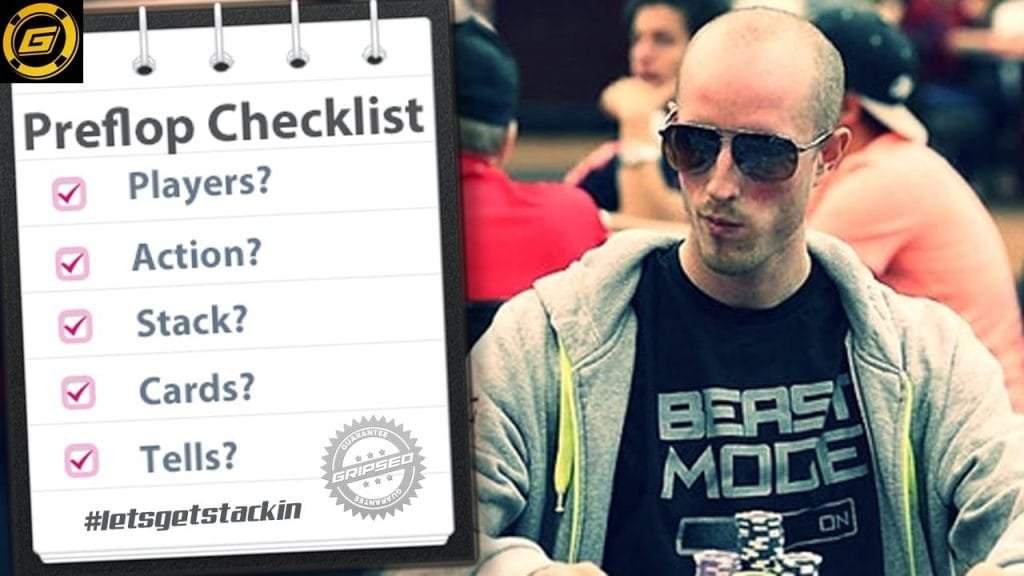How to Win at Poker: The Pre-Flop Checklist
Poker is as much about strategy as it is about reading people. Before the flop—the initial three community cards dealt in games like Texas Hold’em—it’s vital to have a game plan in place. Making the right decisions at this stage can be the difference between a winning session and a losing one. In this article, we will delve deep into a pre-flop checklist that can set you up for success at the poker table.
Understanding Hand Strength
Before diving into the pre-flop strategies, it’s imperative to understand the strength of poker hands. Here are some broad categories:
- Premium Hands: Hands like AA, KK, QQ, and AK suited are considered top-tier and are generally played aggressively.
- Strong Playable Hands: Hands such as TT, 99, AQ, and AJ can yield good results but need a strategic approach.
- Speculative Hands: These are hands like suited connectors (e.g., 7♠8♠) or one-gap connectors (e.g., 6♠8♠). They have potential but are dependent on post-flop developments.
The Pre-Flop Checklist
1. Position is Key
Where you’re seated in relation to the dealer button greatly influences the hands you should play. Being in a late position allows you to see how many other players act before you decide on your move.
2. Consider Stack Sizes
Look at the chip stacks of your opponents. Players with larger stacks may play more aggressively, while shorter stacks might be on the lookout for an opportunity to go all-in.
3. Analyze Your Opponents
Keep an eye on the playing style of your opponents. If a player is consistently aggressive pre-flop, they might be overplaying weaker hands, giving you an opportunity to exploit this.
4. Understand the Table Dynamics
Is the table playing tight or loose? Recognizing table dynamics can help you adjust your strategy accordingly.
5. Avoid Emotional Decisions
Poker requires a calm and analytical mindset. Avoid making decisions based on emotions, such as trying to recover lost chips or proving a point.
6. Set a Clear Intention
Know what you want to achieve with your pre-flop action. Whether you’re looking to build the pot, narrow down the field, or set a trap, have a clear intention before making your move.
Pre-Flop Strategies for Different Hands
Premium Hands
With top-tier hands, the general strategy is to build the pot. However, it’s equally essential not to scare away all your opponents. A standard raise of 3-4 times the big blind can be effective.
Strong Playable Hands
You should play these hands most of the time, but the approach can vary based on your position and table dynamics. Sometimes it might be best to flat-call, while other times a raise is more appropriate.
Speculative Hands
With these hands, you’re looking for a favorable flop that can turn your speculative hand into a strong one. It’s often best to enter the pot cheaply, hoping to hit a good combination on the flop.
Pre-Flop Pitfalls to Avoid
- Limping: Constantly entering pots by just calling the big blind can be a tell-tale sign of a novice player. It’s often better to enter with a raise or not at all.
- Overplaying Hands: Not every hand is a winner. Recognize when to fold and avoid pouring money into a losing proposition.
- Being Too Predictable: If you always play the same way, opponents will catch on. Vary your approach to keep others guessing.
Conclusion
Mastering the pre-flop phase in poker requires a combination of knowledge, observation, and strategy. By understanding hand strength, staying aware of your position and table dynamics, and setting clear intentions, you can consistently make better pre-flop decisions. Remember, every successful poker hand starts with a well-played pre-flop. Use this checklist to refine your game and stack those chips!
